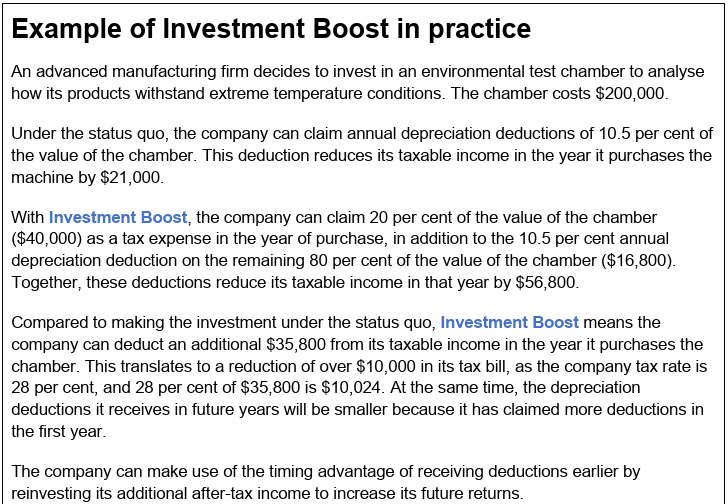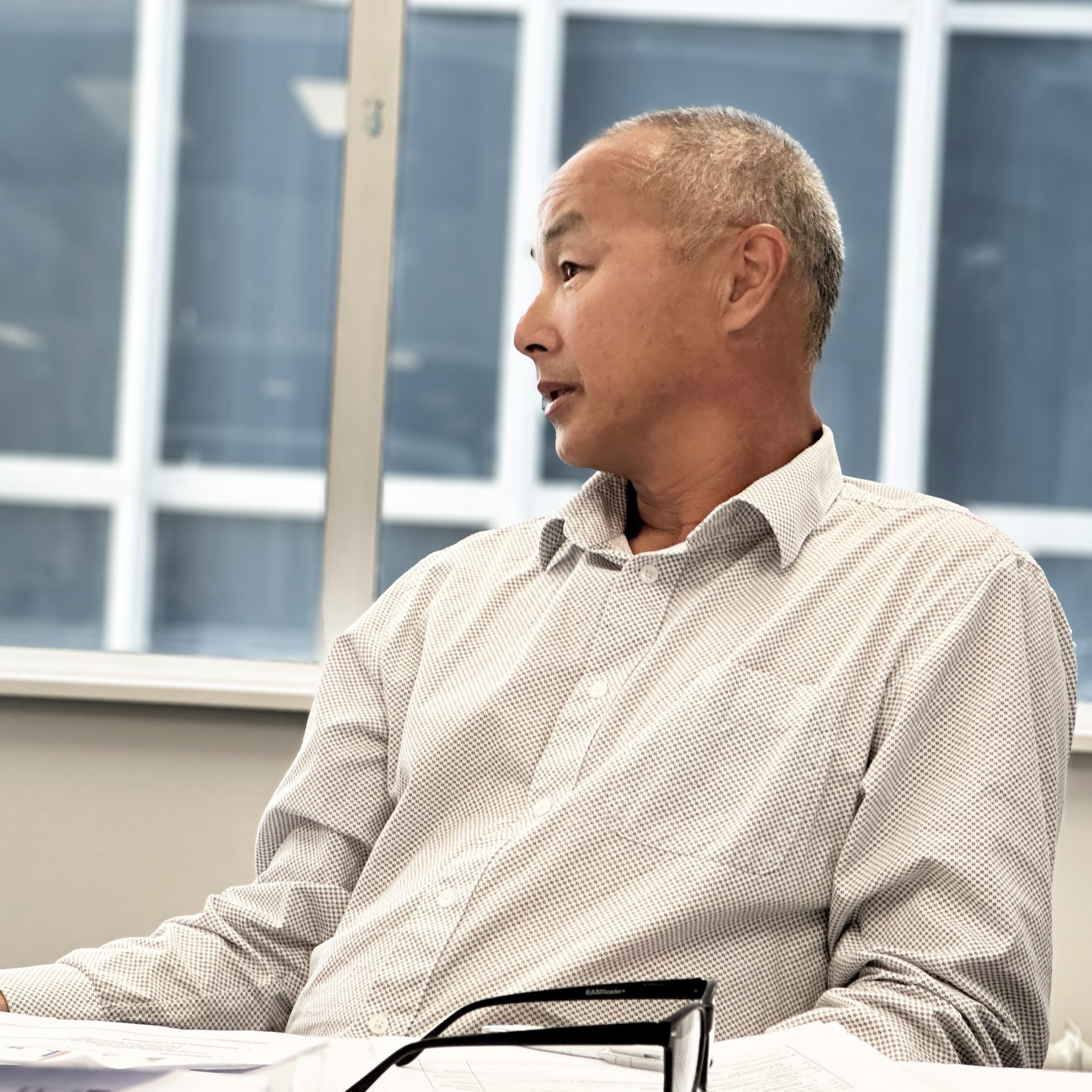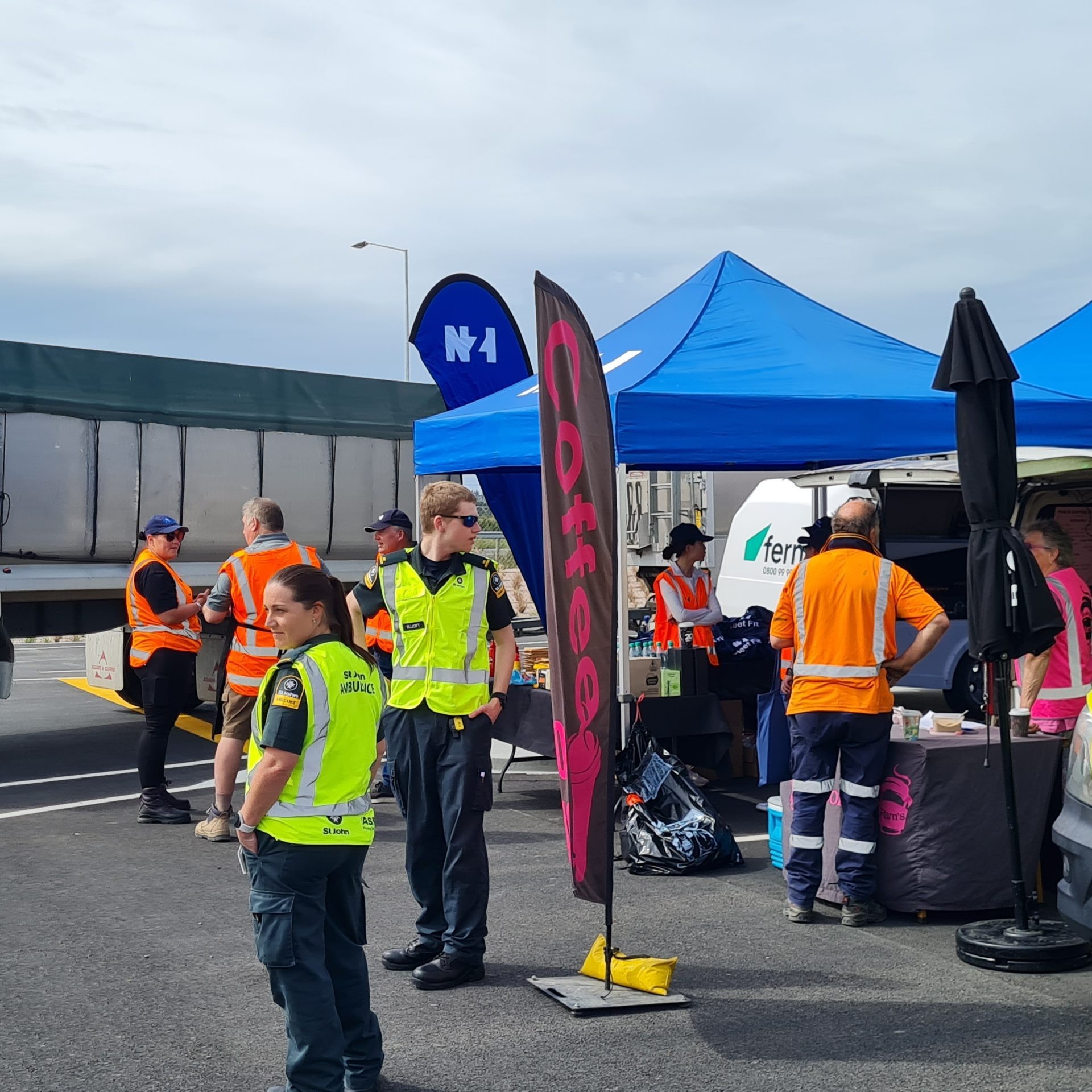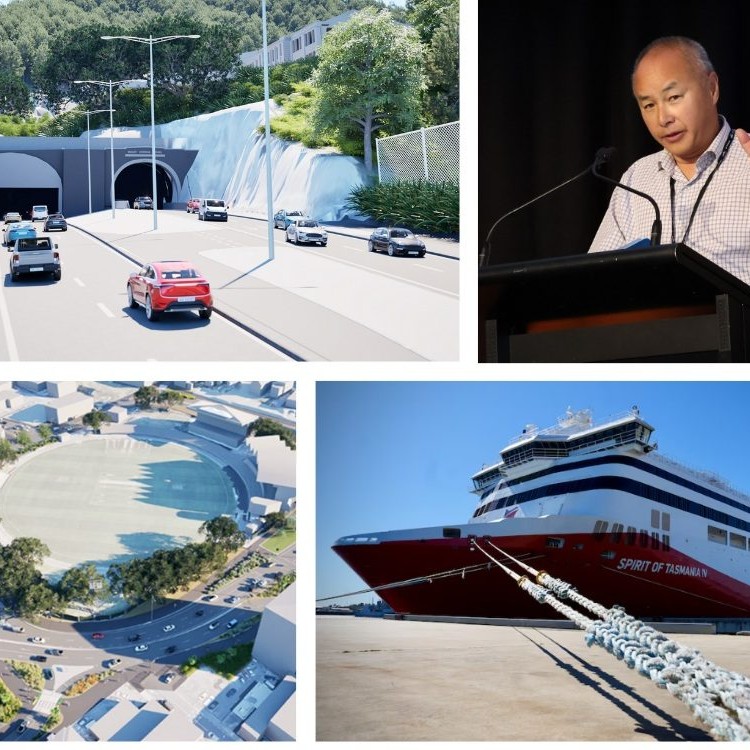
Yesterday’s budget brought some good news for operators looking to purchase new vehicles and other business assets, operators in the East Coast and Hawke’s Bay, and users of the rail network. Given the economic headwinds the country is facing, I think the Government has struck a reasonably good balance.
However, given the Prime Minister dubbed this “the Growth Budget”, the Government has missed an opportunity to accelerate the Roads of National and Regional Significance, along with other growth-orientated transport projects.
Welcome road repair funding for East Coast and Hawke’s Bay
I was particularly pleased to see the Government announced an extra $219 million in operating funding to complete recovery works on local roads that were damaged in the 2023 North Island weather events.
This will provide important certainty for everyone in the East Coast and Hawke’s Bay, and our operator members who played such an important role in the immediate disaster response, keeping essential freight moving.
Good news for fleet renewal
Transporting New Zealand has been advocating for accelerated depreciation for high productivity and low emission vehicles for a long time, and the Government has delivered with its “Investment Boost” tax incentive.
Businesses can now deduct 20 per cent of a new asset’s value from that year’s taxable income, on top of normal depreciation. The deduction applies to new assets purchased from 22 May 2025.
Here’s an illustrative example from the Budget factsheet:

We’ll keep members up to date as more the detail and implications are worked through.
Accountability around rail investment
The Budget also contained a $464 million capital and $141 million operating boost for rail maintenance to increase the reliability for commuters and freight in the Auckland and Wellington metro areas, and to replace ageing bridges, culverts and other assets.
While Transporting New Zealand supports the important supplementary role rail plays in the supply chain, the Government will have to carefully monitor spending to ensure value for money.
Cash does not equal results. As noted in the Government Policy Statement on land transport 2024 – rail freight volumes steadily declined in the past six years, despite receiving almost $2.5 billion in Crown funding.
The Government will have to hold KiwiRail to account on delivering a return on this additional investment if they want to turn things around.
A missed opportunity to accelerate the investment pipeline
I also would have liked to see additional capital funding to support the infrastructure pipeline, avoiding further cuts and delays.
Just this week we’ve seen NZTA announce downgrades to the design of the Ōtaki to north of Levin new (tolled) highway that will impact safety and efficiency, reflecting cost pressures.”
If the Government wants to deliver a more productive, safe and efficient network of State Highways and local roads, it needs to be prioritising additional funding and revenue for growth-orientated projects like the Roads of National and Regional Significance.
Ferry frustration
KiwiRail’s decision to retire the Aratere this week will result in a four-year period where no Cook Strait ferries are rail-enabled and freight and passenger capacity will be reduced.
This will undermine the resilience of the Cook Strait connection, particularly when the remaining ferries require routine or unscheduled maintenance.
It begs the question whether the additional costs associated with having rail-enabled ferries is necessary and whether there are alternative solutions that could bring greater confidence, certainty and resilience to the services.
We’ve raised our members’ concerns with Rail Minister Winston Peters and KiwiRail. In the meantime, freight operators will be working hard to minimise the consequential impacts and risks.
Advocacy wrap-up
Speaking of advocacy, there was plenty on this week.
The full list of work that we submitted on is in Dispatch, but a sample of the jobs we weighed in on this week included:
- Providing a statement for NZTA to assist with its application for the Cambridge to Piarere Project (C2P) currently being heard by the Expert Consenting Panel.
- Raising concerns about NZTA’s announcement it intends installing a roundabout instead of a proper interchange on the south side of the Otaki to North of Levin (O2NL) Expressway.
- A submission to the Tertiary Education Commission on the review of vocational education and its proposal to establish seven Industry Standards Boards .
All pushing for good roads, a sensible training regime and keeping traffic moving safely. Not a bad week’s work from the team!





